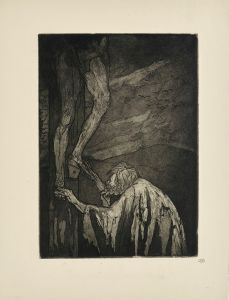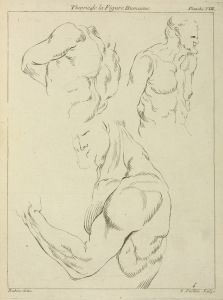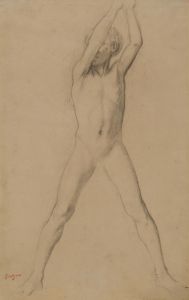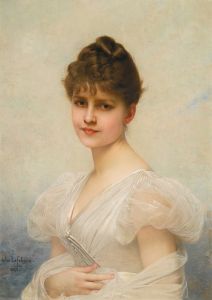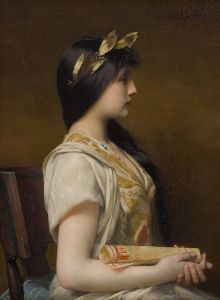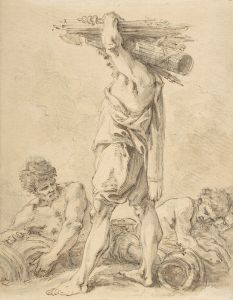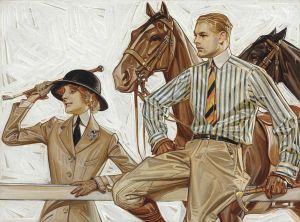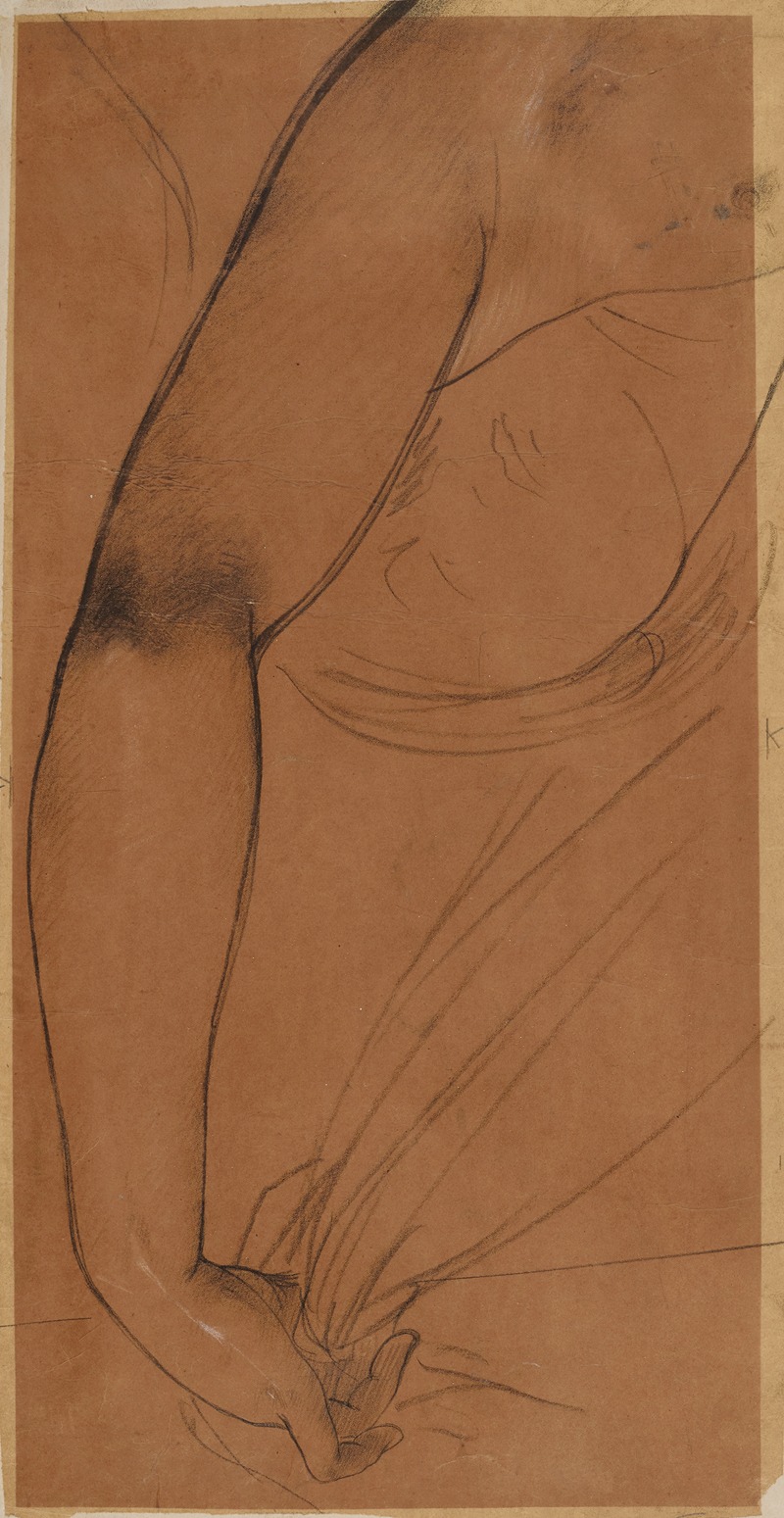
Etude de bras
A hand-painted replica of Jules Joseph Lefebvre’s masterpiece Etude de bras, meticulously crafted by professional artists to capture the true essence of the original. Each piece is created with museum-quality canvas and rare mineral pigments, carefully painted by experienced artists with delicate brushstrokes and rich, layered colors to perfectly recreate the texture of the original artwork. Unlike machine-printed reproductions, this hand-painted version brings the painting to life, infused with the artist’s emotions and skill in every stroke. Whether for personal collection or home decoration, it instantly elevates the artistic atmosphere of any space.
Jules Joseph Lefebvre was a prominent French painter known for his academic style and meticulous attention to detail. Born in 1836 in Tournan-en-Brie, France, Lefebvre became a significant figure in the 19th-century art world, particularly noted for his portraits and nudes. He studied at the École des Beaux-Arts in Paris and was a student of Léon Cogniet. Lefebvre's work was well-received during his lifetime, and he exhibited frequently at the Paris Salon, where he won numerous awards.
"Etude de bras" (Study of an Arm) is one of Lefebvre's many studies that showcase his skill in rendering the human form. Although specific details about this particular work are limited, it is consistent with Lefebvre's practice of creating detailed studies as part of his artistic process. These studies were often used to explore the anatomy and movement of the human body, which were crucial elements in his larger compositions.
Lefebvre's approach to art was deeply rooted in the academic tradition, which emphasized the importance of drawing and the study of classical forms. His studies, including "Etude de bras," reflect this commitment to understanding and accurately depicting the human anatomy. Such works were typically executed in pencil, charcoal, or chalk, allowing the artist to focus on line, form, and shading without the distraction of color.
The study of individual body parts, like an arm, was a common practice among academic artists. It allowed them to hone their skills and ensure that their figures were anatomically correct and proportionate. Lefebvre's studies would have been used as references for his more finished works, ensuring that each element of his paintings was meticulously planned and executed.
Lefebvre's dedication to the academic style is evident in his teaching career as well. He was a respected instructor at the Académie Julian in Paris, where he influenced a generation of artists. His emphasis on the importance of drawing and anatomical studies was passed on to his students, many of whom went on to have successful careers in their own right.
While "Etude de bras" may not be as widely recognized as some of Lefebvre's larger works, it is an important example of his artistic process and his commitment to the principles of academic art. These studies are valuable not only for their technical precision but also for the insight they provide into the methods of one of the 19th century's leading painters.
In summary, "Etude de bras" by Jules Joseph Lefebvre is a testament to the artist's skill and dedication to the academic tradition. Through such studies, Lefebvre was able to achieve the high level of detail and realism that characterized his work, contributing to his reputation as a master of the human form.





